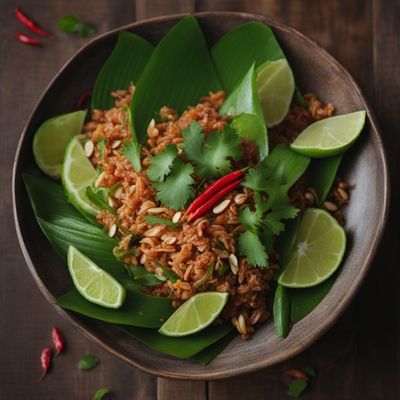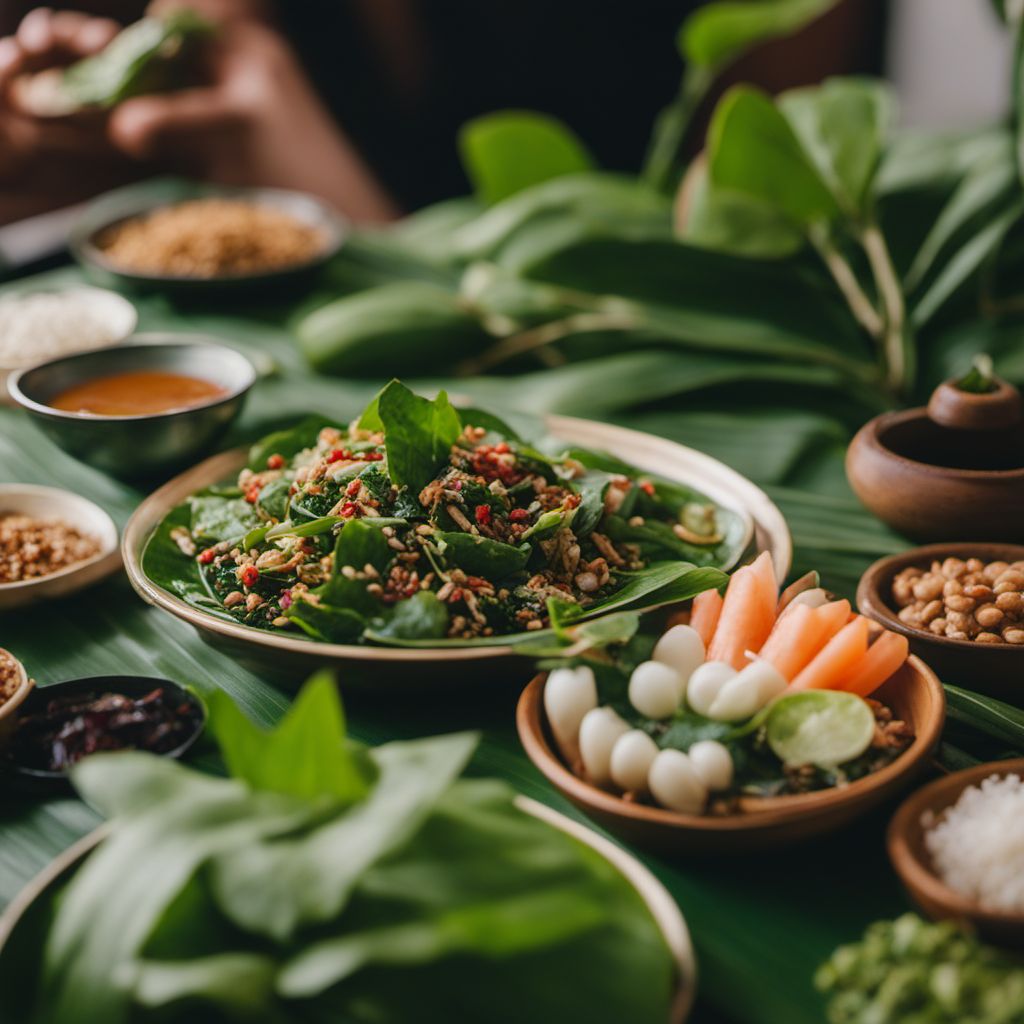
Dish
Miang kham
The ingredients can include roasted peanuts, dried shrimp, ginger, lime, and chili, among others. The betel leaf is folded around the ingredients to create a small, bite-sized package that is bursting with flavor. Miang kham is a popular snack in Thailand and is often served at parties and special events.
Origins and history
Miang kham originated in the northern region of Thailand, where it was traditionally made with local ingredients such as betel leaves and roasted peanuts. Today, it is enjoyed throughout Thailand and is often served as a snack or appetizer.
Dietary considerations
Miang kham is a vegetarian and gluten-free snack, but some of the ingredients may contain allergens, so it is important to check with the chef or server before ordering.
Variations
There are many variations of miang kham, with different ingredients used depending on the region and the chef's preferences. Some popular variations include miang pla (with fish), miang kana (with Chinese broccoli), and miang khao tod (with crispy rice).
Presentation and garnishing
Miang kham is typically served on a platter or in a basket, with the betel leaves arranged in an attractive and colorful display. Garnishes such as sliced lime and chili may also be added for extra flavor and visual appeal.
Tips & Tricks
To get the most out of miang kham, try to get a little bit of each ingredient in each bite. This will help you experience all the different flavors and textures of the snack.
Side-dishes
Miang kham is often served as a snack or appetizer, but it can also be part of a larger meal. It pairs well with other Thai dishes, such as curries and stir-fries.
Drink pairings
Miang kham pairs well with a variety of drinks, including beer, iced tea, and fruit juice. Some people also enjoy it with a sweet or spicy drink to complement the flavors of the snack.
Delicious Miang kham recipes
More dishes from this category... Browse all »

Afternoon Tea
British cuisine

Anju
Korean cuisine

Aperitivo
Italian cuisine

Banchan
Korean cuisine

Bento
Japanese cuisine
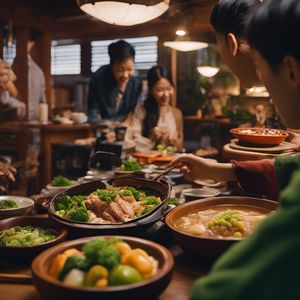
Chirinabe
Japanese cuisine

Cicchetti
Italian cuisine

Cream Tea
British cuisine
More cuisines from this region... Browse all »
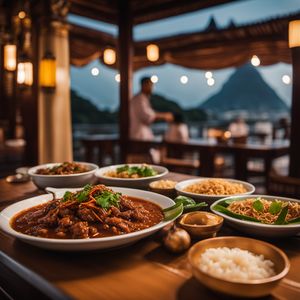
Bruneian cuisine
Bold, Complex, Spicy, Savory, Sweet

Burmese cuisine
Salty, Sour, Spicy, Umami, Sweet
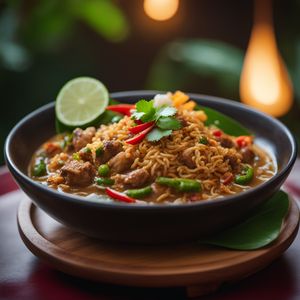
Cambodian cuisine
Salty, Sour, Spicy, Umami, Sweet

Christmas Island cuisine
Salty, Sour, Spicy, Umami, Sweet
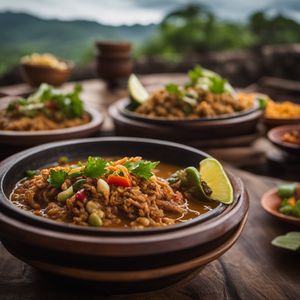
East Timor cuisine
Spicy, Savory, Sweet, Sour, Umami
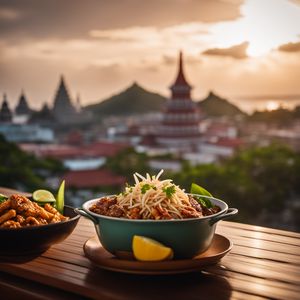
Filipino cuisine
Sweet, Sour, Savory, Spicy, Umami
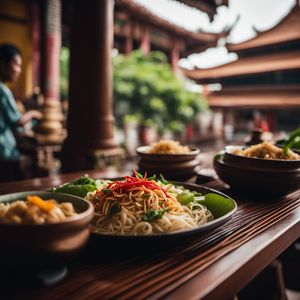
Lao cuisine
Savory, Spicy, Sour, Umami
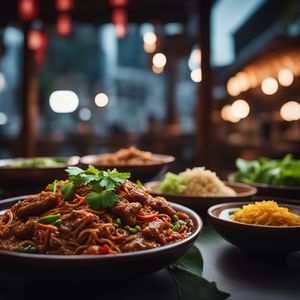
Malaysian cuisine
Spicy, Sweet, Sour, Savory
